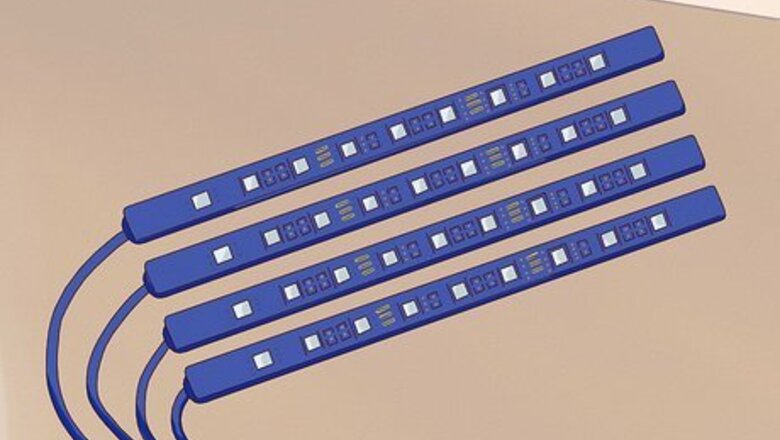
views
Gathering Parts and Planning
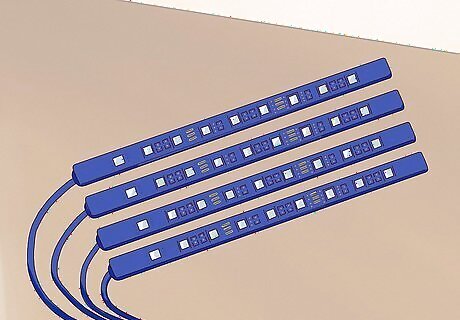
Figure out how many lights you want. Depending on the size of your vehicle, 4 is adequate, but you can always buy more!
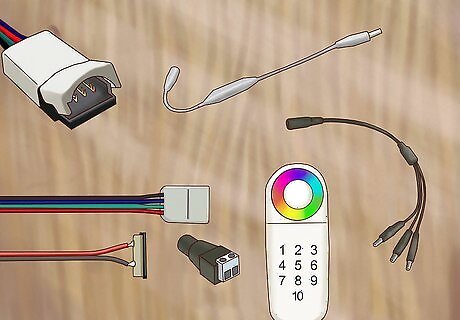
Purchase the light kit. Installation kits are fairly inexpensive and include most of the parts needed to install the lights. Ordering online is the most affordable, but auto parts stores may also carry them for a little bit of a higher price.
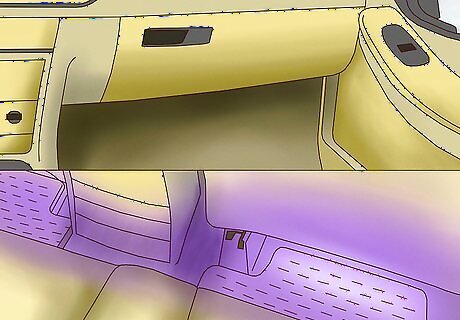
Determine where you want to put your lights. Options include under the dash, under the seats, or both. Kits usually come with all that you need, but a fuse adaptor and some tools may also be required, depending on your vehicle. Kits usually come with the lights, zip ties, Velcro, and a power box.
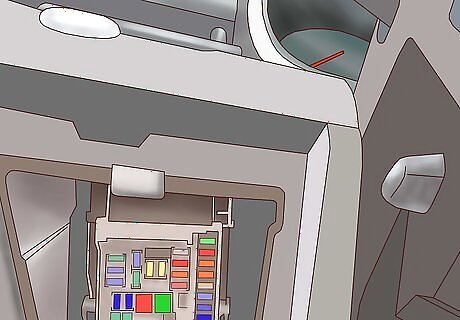
Determine the most efficient way for you to power the lights. The recommended way is to use the fuse box, which is normally under the driver side footwell. There are other methods as well for powering the lights, such as using a cigarette lighter.

Look for the fuse box diagram in your vehicle’s owner’s manual. It should state the location of each fuse, as well as what the fuse powers. Look for the accessory fuse location. This will allow the power of the lights to turn on when the car is on, so it doesn’t drain the car’s battery when the car is off.
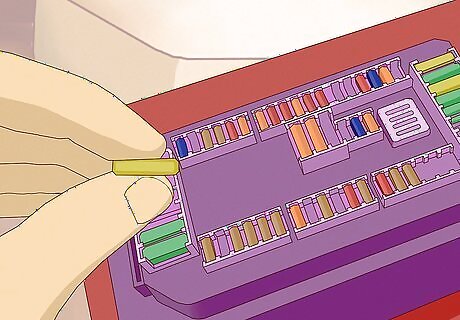
Remove the existing accessory fuse from the fuse panel. Place the fuse in a fuse adaptor, and insert the fuse adaptor back into the original fuse spot.
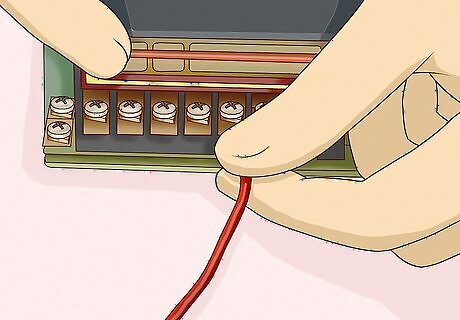
Connect the other end of the fuse adaptor to the light’s power box. Connect the lights to the power box.
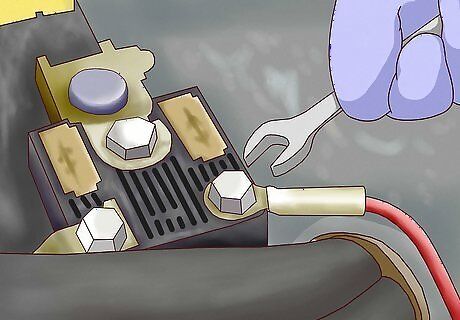
Connect the black wire to a grounding point inside the vehicle. To do this, loosen up a bolt, put the wire under it, and tighten it back up. A grounding point is a metal part under the dash, such as the firewall. Without a proper grounding point, your lights will not turn on.
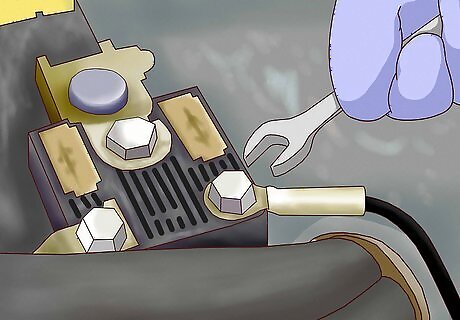
Locate a 12-volt power outlet inside your vehicle. They are also known as a cigarette lighter, or car charger.
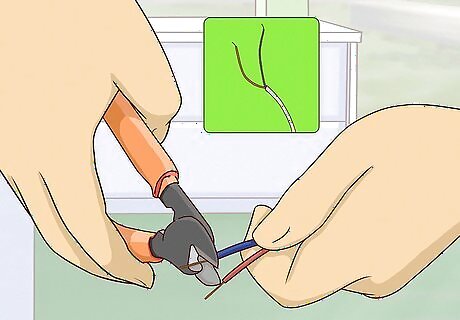
Use a wire cutter to strip the red and black power wires. The wire should be exposed.
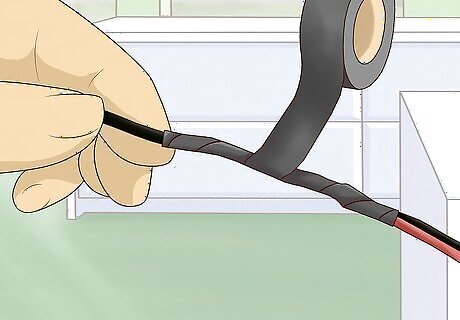
Connect the exposed wires to butt connectors. Crimp the connectors so they are secured.
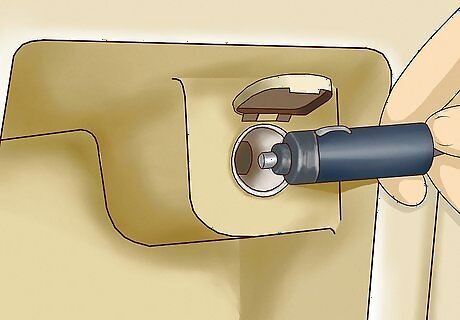
Connect the butt connectors to the cigarette charger adapter. Plug the cigarette charger adapter into the 12 volt outlet.
Connecting and Organizing
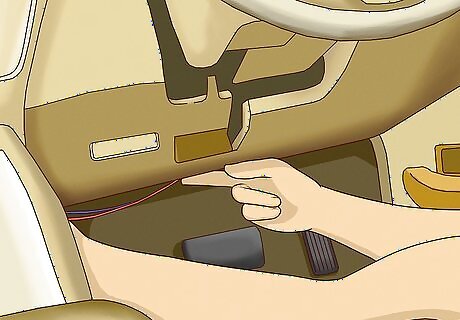
Connect your light’s power box to the desired power source. Start routing your wires in a place where they will not be visible, such as under the dash or between the center console. Use zip ties to organize your wires so they look presentable and clean.
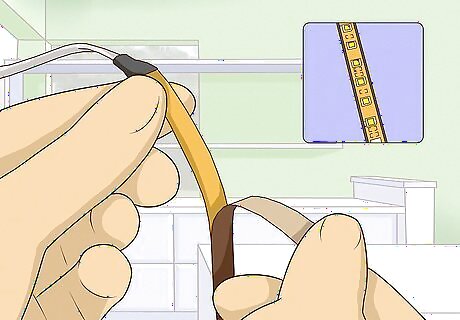
Place a piece of Velcro under on each light. Mount the lights to your desired locations. It is recommended that you put one in the driver footwell, one in the passenger footwell, and one under each seat towards the back seats. Use electrical tape to tape the wires to a place under the dash, so they don’t fall while driving.
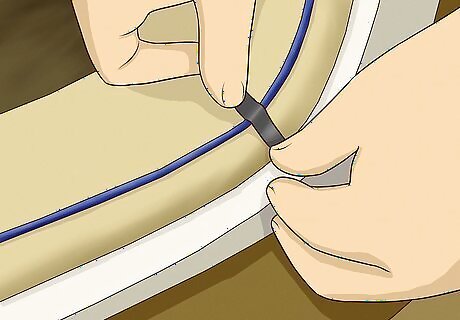
Secure each light. Ensure all wires are hidden. If they are not secure, the lights can easily fall out when a car hits a bump, so this is a crucial step.
Testing
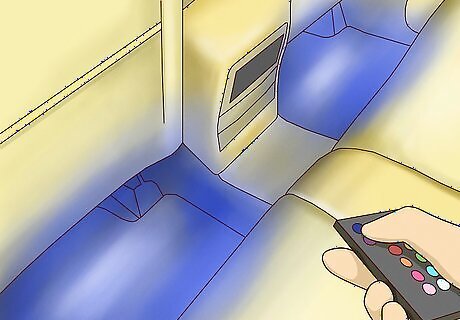
Test the lights to see if they work, using the included remote. If your lights don’t turn on, backtrack each step, and ensure that each connection is correctly fitted and tight.
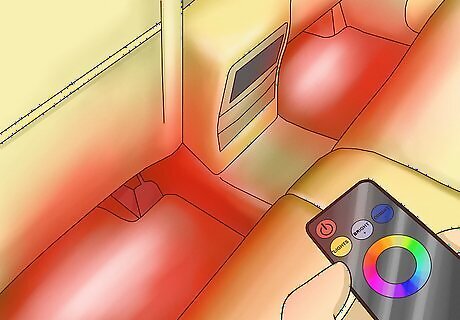
Set your desired light color and pattern. These type of lights are configurable to any liking. Change the pattern and color using the included remote.

Enjoy the vibe that the lights add to your car!




















Comments
0 comment